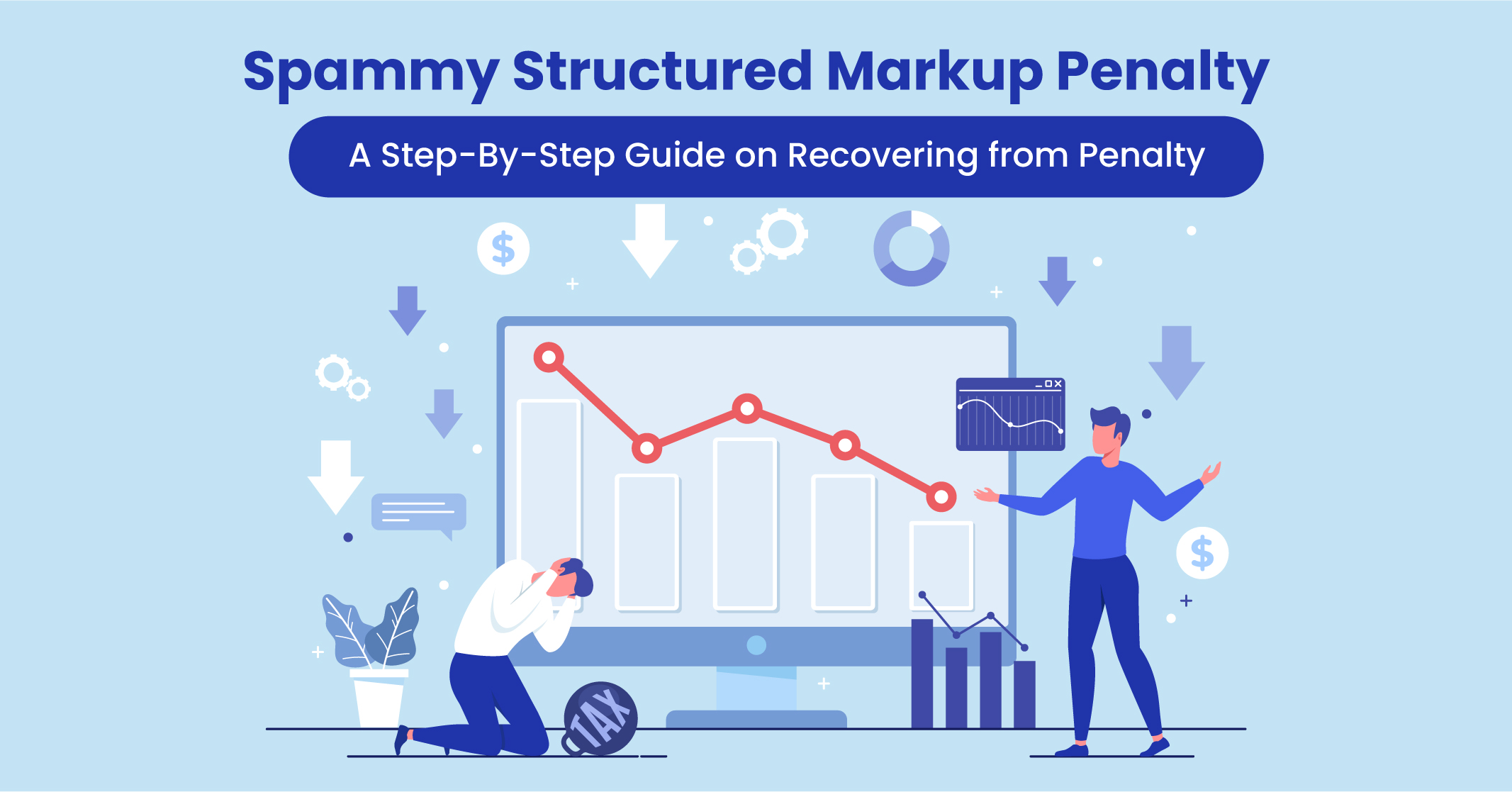I hope you enjoy reading this blog post.
If you want to get more traffic, Contact Us

Click Here - Free 30-Minute Strategy Session
Be quick! FREE spots are almost gone for this Month. Free Quote

Incorporating an Aggregate Review schema can be advantageous for businesses to display their product’s ratings and reviews. This schema markup can make your website eligible for organic stars to appear beside your search listings, potentially increasing your Click Through Rate (CTR), as stated by Search Engine Land.
However, implementing schema can be challenging. With numerous fields to select from and guidelines updated frequently, improper use can result in a manual penalty for spammy structured markup data.

Click Here – Free 30-Minute Strategy Session
Be quick! FREE spots are almost gone for this Month
When utilised correctly, structured markup data is a useful tool that can aid websites in presenting accurate information on search results and improving organic search visibility. However, if misused, marking irrelevant content with structured data can potentially harm your website.
As we all know, Google does not approve of sites that do not comply with quality guidelines and provide a poor user experience. If you have been affected by a spammy structured markup penalty, you understand the consequences. If not, it is crucial to adhere to guidelines to avoid such penalties.
A Spammy Structured Markup Penalty is a type of penalty that can be given by Google’s Web spam Team after investigating a website and finding that it violates their guidelines. This penalty is given manually and can be found in the Google Search Console under ‘Search Traffic’ and ‘Manual Actions’.
The notice usually explains that the website’s structured data does not comply with the guidelines and provides instructions for submitting a reconsideration request after making the necessary changes. The message also specifies the URL that the penalty has been applied to, whether it’s the entire website or a specific page, such as a blog.

To identify any spammy schema on your website, you can use the Structured Data Testing Tool, which is a quick and efficient method.
What To Do?
Making mistakes with structured data can lead to penalties. Some common mistakes to avoid with Aggregate Review Schema include:
To avoid these mistakes, you can check your site using the Structured Data Testing Tool and refer to the requirements on the Schema.org website if you are unsure about what information should be included.
To recover from a Spammy Structured Markup penalty, you should follow these steps:
Finally, wait for a few weeks for a response from a member of Google. If your changes have addressed the issue, the penalty will be lifted.
Learn More: How to Get Featured Snippets: Optimization Tips

Google schema guidelines provide a set of rules and recommendations for webmasters to follow when using structured data on their websites. These guidelines are designed to ensure that the data provided to users is accurate, relevant and easy to understand.
Some of the key guidelines to keep in mind when implementing structured data include:
By following these guidelines, you can ensure that your structured data is accurate, relevant and easy to understand. This will help improve the user experience on your website and increase your visibility in search results.
To sum up, getting penalized for Spammy Structured Markup can have severe repercussions on your website’s traffic and online visibility. To prevent this, it is essential to comply with Google’s guidelines and avoid common schema markup mistakes such as using the overall service score across all pages, using incorrect review data and entering unsuitable information in schema fields.
What To Do?
If you do receive a manual penalty, you can utilize the Structured Data Testing Tool to identify and rectify the issue, follow the recovery steps such as identifying the problem, determining your schema requirements using Schema.org, replacing the current code with new schema markup and submitting a reconsideration request.
Following these measures can help you avoid a Spammy Structured Markup Penalty and maintain your website’s online reputation.
The Spammy Structured Markup Penalty is a penalty imposed by Google on websites that breach its guidelines on schema markup or structured data. Schema markup is a code that website owners can utilize to furnish search engines with more details about the content on their pages.
However, if used incorrectly, it can appear spammy and deceitful to Google, which can lead to a penalty. The penalty can cause a reduction in search engine visibility and website traffic.
The role of structured data testing tools is to help webmasters identify issues with their schema markup and ensure that it adheres to Google’s guidelines. These tools allow webmasters to test their schema markup and see how it will appear in search engine results pages (SERPs).
By using structured data testing tools, webmasters can identify errors or issues with their schema markup and fix them before they are penalized by Google. These tools also help webmasters stay up to date with changes in Google’s guidelines and ensure that their schema markup is optimized for search engines.
The Spammy Structured Markup Penalty can have a significant impact on the SEO of a website. It can lead to a decrease in visibility in the search engine results pages (SERPs), which in turn can result in a loss of traffic and potential customers or revenue for the site.
In addition to the loss of traffic and revenue, the penalty can also harm a website’s reputation by signaling that it engages in manipulative or spammy tactics. This can damage the trust that users and search engines have in the site, making it harder for the site to rank well in the future.
Furthermore, recovering from the penalty can be a time-consuming and difficult process that may require technical expertise and resources. This can further impact a website’s SEO and overall success, as the penalty may need to be addressed before the site can regain its previous rankings and traffic.
Webmasters must adhere to several crucial Google schema guidelines while implementing structured data markup on their websites.
Adhering to these guidelines can ensure that the structured data markup is compliant with Google’s policies, effective, and accurate, which, in turn, can help enhance a website’s visibility and search engine rankings.

LEAVE A REPLY